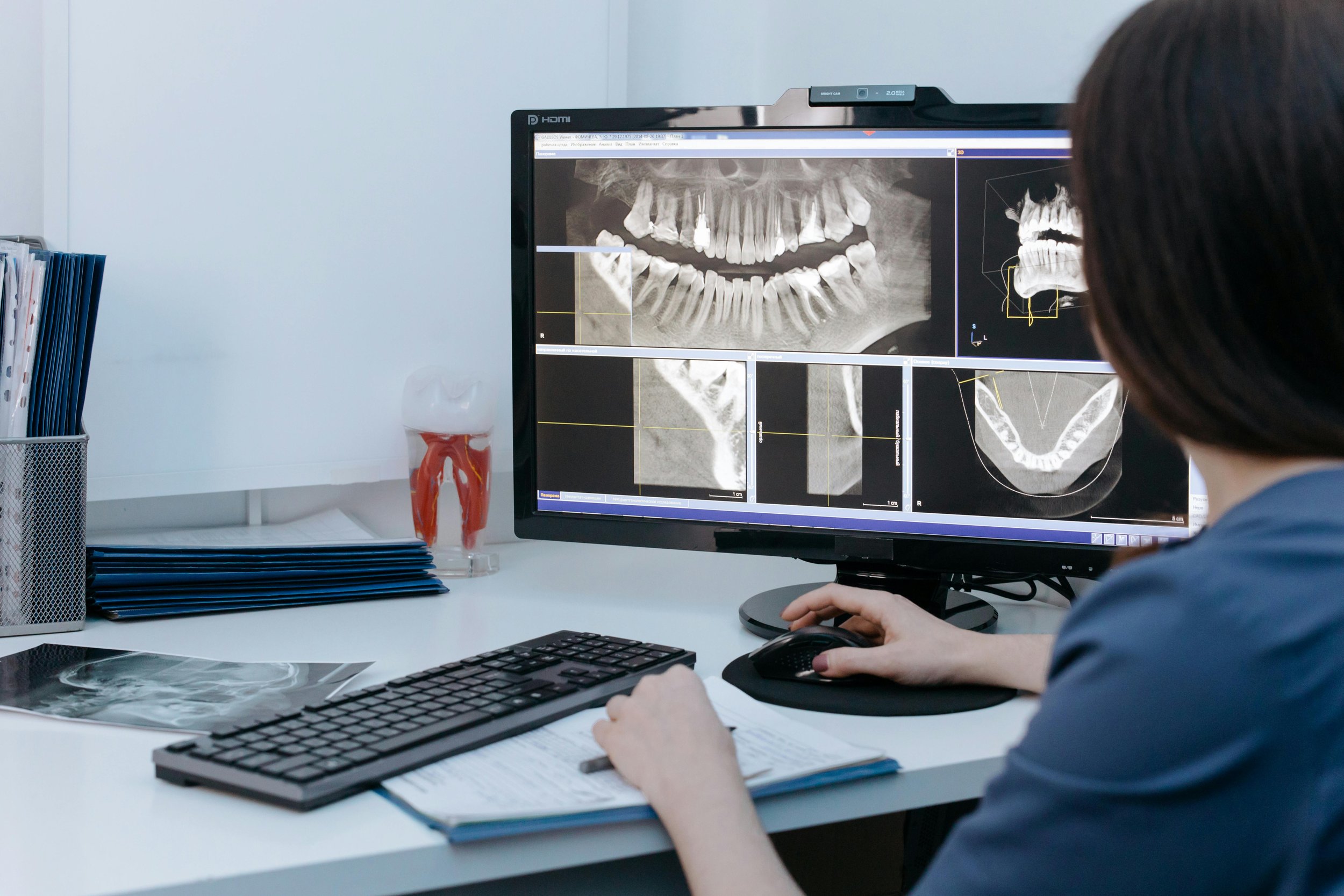
Shin Splints
By Dr. Koco Eaton
Many runners develop shin splints or pain in their legs during the course of running career. This problem affects 13% of all runners. The runners will notice that they have pain with increasing mileage and increasing intensity of their workouts. Usually the pain is a result of a change in their activity. Athletes who are out of shape and who quickly want to get into shape can develop shin splints. Also a change in footwear and running surfaces lead to pain along the inside portion of the leg. It has also been noted that athletes who increase their intensity due to an upcoming race will develop this overuse syndrome.
The pain is noted to occur 3 inches above the ankle joint along the shin bone. The area of pain is the insertion of the soleus muscle. The pain can migrate along the entire shin bone and go up into the knee region. The athlete will also notice swelling along this portion of the leg as well.
The cause of shin splints is over pronation of the foot during the running stance. When the foot hits the ground, most of the weight is along the outside portion of the foot. As your body puts more weight on the one foot during the running motion, the amount of weight increases along the outside portion of the foot. This excessive pressure along the outside portion of the foot has to be relieved in order to push off of the foot so that the foot can be elevated off of the ground. The muscles that are responsible for taking the pressure off of the outside of the foot comes from the leg and the attachment point of the soleus muscle onto the tibia. Also, athletes with very tight heel cords can develop problems with shin splints.
Most x-rays for this condition are usually normal; however, a bone scan can be obtained which would show an increased activity in the area of the soleus muscle attachment to the tibia.
Treatment for shin splints involves primarily rest. The term that is currently used in sports medicine is active rest. The athlete is encouraged to decrease their activity to a level is no longer painful. So, the athlete is running 30 miles a week and goes back down to 15 miles a week without any pain. If he has pain with running at all, then he is required to back off of the running. Exercises such as cycling or swimming take the pressure off of the leg so that the athlete does not lose his conditioning.
One of the main treatments for shin splints is water running. The athlete is instructed to run in the deep end of the pool with a buoyancy vest. This way they are running; however, the foot is not hitting the ground and therefore the pain does not develop in the leg. The athlete can resume his running schedule and not lose their conditioning as they are training for an upcoming race.
Another thing that is helpful in the treatment of shins splints is stretching the heel cord. This is illustrated in the diagram below. Orthotics, which are customized inserts for the shoe, are also very helpful in the treatment of shin splints. This helps to decrease the amount of pronation that the foot has during the running stance and is therefore helpful in eliminating the pain of running.
As the athlete returns to running, they should do so at approximately 50% of their previous workout. Their training intensity and overall mileage should be cut by 50% and gradually work to returning back to normal mileage over the next 3-6 weeks. It is also recommended that they start their initial running on a treadmill. The softer the surface the less severe the symptoms are for shin splints. It is also recommended that they start back on a level terrain. An ice massage to the area of tenderness over the tibia is also very effective in alleviating the symptoms of shin splints.
